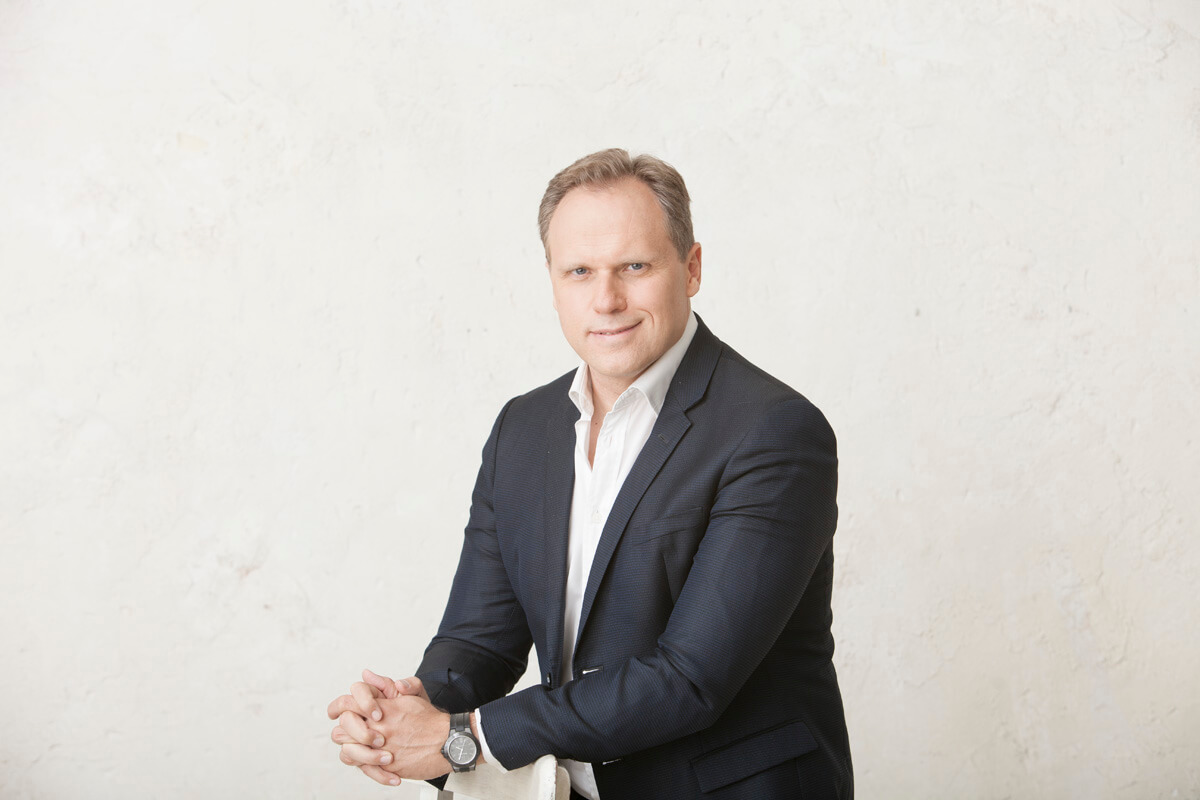Jerome Powell’s explanations for avoiding a rate cut make no sense. All macroeconomic data justify a rate cut, and monetary aggregates also suggest the need for policy easing.
The Federal Reserve cannot simply decide to keep rates on hold based on an ideological and misguided view of the impact of tariffs on inflation. Every economist who predicted a significant rise in inflation was wrong, and there is no sign of elevated price moves in the US economy.
The latest PCE index figures show inflation at 2.3% year-over-year, with core PCE at 2.7% in May. This means there has been no inflationary pressure since December. In fact, the annualised trend of inflation is now significantly below 2%.
The core PCE index in May 2025 was 2.7%, below the October 2024 figure of 2.8%. Headline PCE remained at the same level as in October 2024.
In May, the Consumer Price Index rose just 0.1% seasonally adjusted, while food and energy prices continued to decline. If this trend continues for the rest of the year, the annualised inflation rate would be just 1%.
It’s important to remember that the Fed cut rates three times in 2019, arguing that global uncertainty and trade issues with China justified the move. Furthermore, the Fed cut rates by 50 basis points in the middle of an election year, even with higher core price inflation.
By delaying a rate cut in 2025, the Fed appears obsessed with an inflationary impact from tariffs that has simply not materialised.
Tariffs’ inflationary impact
Keynesian economists are wrong about tariffs’ inflationary impact because they ignore monetary aggregates and the evidence of Menger’s imputation theory. Keynesians seem to believe that costs are immediately added to final prices, ignoring the complexities of supply chains and global overcapacity in most industrial sectors.
Carl Menger’s imputation theory reminds us that the value of higher-order goods—such as commodities and capital goods—is determined by the value of the consumer goods they help to produce, as imputed from the subjective value consumers place on those final goods, not the other way around.
Costs do not dictate final prices; if they did, being an entrepreneur would be the easiest job on the planet.
The only thing that causes inflation is massive government spending—issuing more units of currency, or what people call “printing money”
Tariffs do not cause inflation because they do not create new units of currency issued above the private sector’s demand.
The only thing that causes inflation is massive government spending—issuing more units of currency, or what people call “printing money.” The only thing that can make aggregate prices rise, consolidate that increase, and keep rising is the erosion of the currency’s purchasing power caused by excessive government spending.
Tariffs can only increase the individual price of goods that are entirely produced abroad and for which demand is completely inelastic.
The number of goods that meet these requirements is exceedingly low. Even if a few goods saw price increases due to tariffs, this would not generate a consistent, annualised rise in aggregate prices. In fact, other prices would likely decline as consumers have less money to purchase the same basket of goods.
Fed models have failed again
The same Federal Reserve that cut rates three times in 2019 due to global trade uncertainty now seems to see complete certainty.
The same Fed that cut rates in the middle of an election year—when annualised inflation was higher than today and job creation was strong—now finds no reason to cut rates, even though negative revisions have shown that the robust job creation figures of 2024 were quite poor, and inflation is not rising while price increase expectations are declining.
 It seems the Fed is angry because their models have failed again, and they would rather risk a recession than admit they were wrong about inflation - Daniel Lacalle
It seems the Fed is angry because their models have failed again, and they would rather risk a recession than admit they were wrong about inflation - Daniel Lacalle
The Fed is unjustifiably hurting consumers and small businesses—again. Monetary policy destroyed families and small businesses on the way up by creating excessive inflation and perpetuating an obscene increase in government spending.
Now, policymakers are hurting the middle class and the business fabric of the United States by stubbornly keeping rates above the neutral level and making interest expenses too high.
The Fed is completely wrong about inflation—about what causes it and what policies to implement. They were massively wrong in 2020 by staying aggressively dovish in 2021 and cutting rates in an election year when government spending and the deficit were soaring. Now they are wrong because of an ideologized view of tariffs that has proven incorrect.
Yet, they prefer to keep rates on hold, even as their own Beige Book shows a slowdown in the economy and job creation. They were wrong about inflation and tariffs but now claim they need to “wait and see.”
This is the most unscientific approach to economic policy: when their predictions are incorrect, they simply wait for them to come true, whatever the cost.
It seems the Fed is angry because their models have failed again, and they would rather risk a recession than admit they were wrong about inflation. All of this shows, again, that the Federal Reserve should not make decisions on rates or asset purchases. If rates moved freely, they would be declining by now.